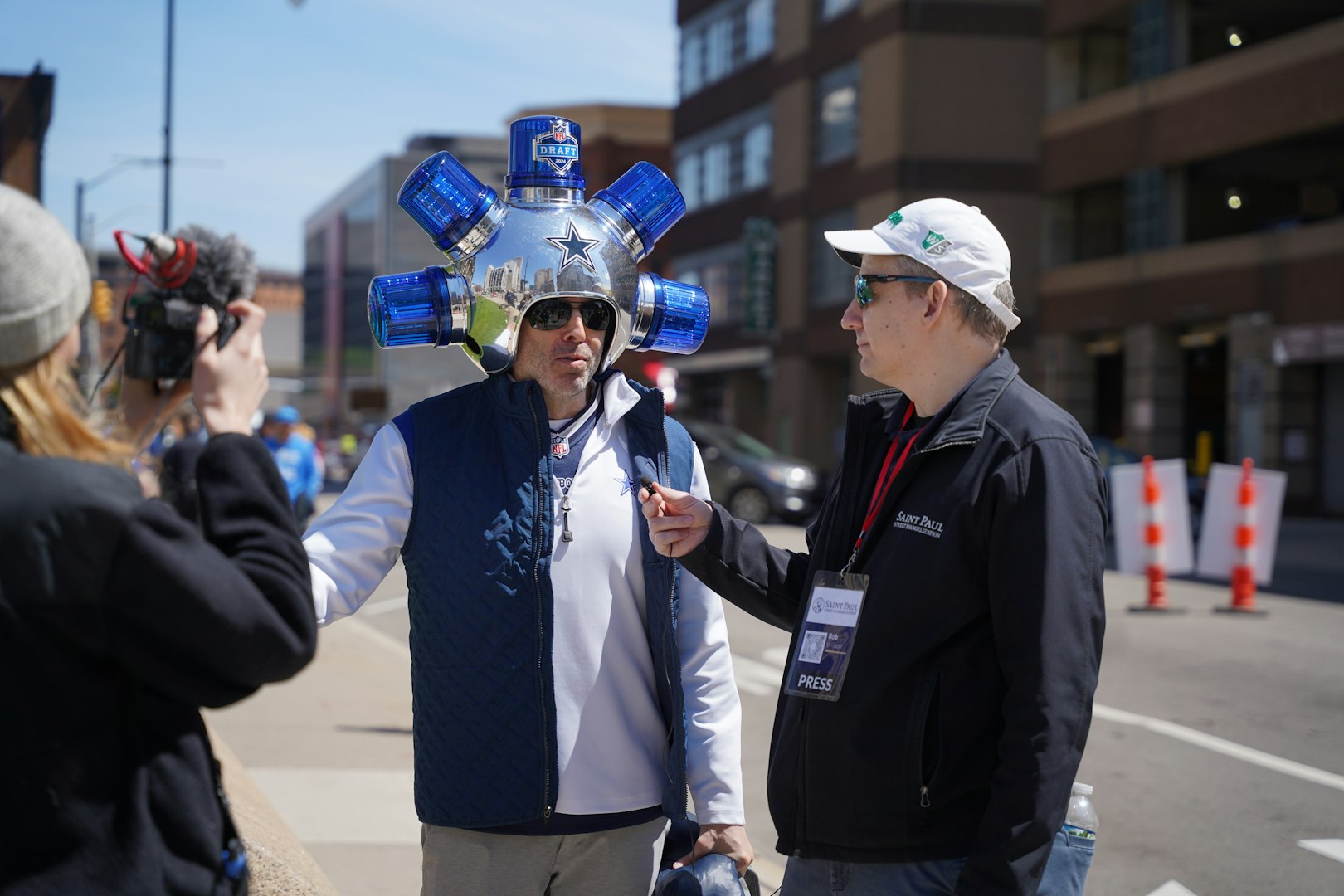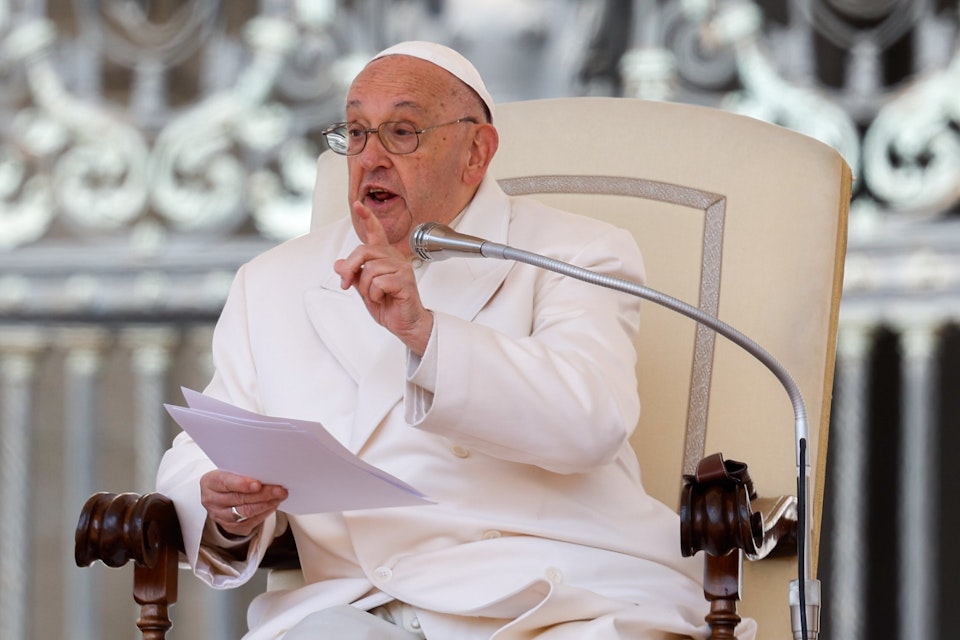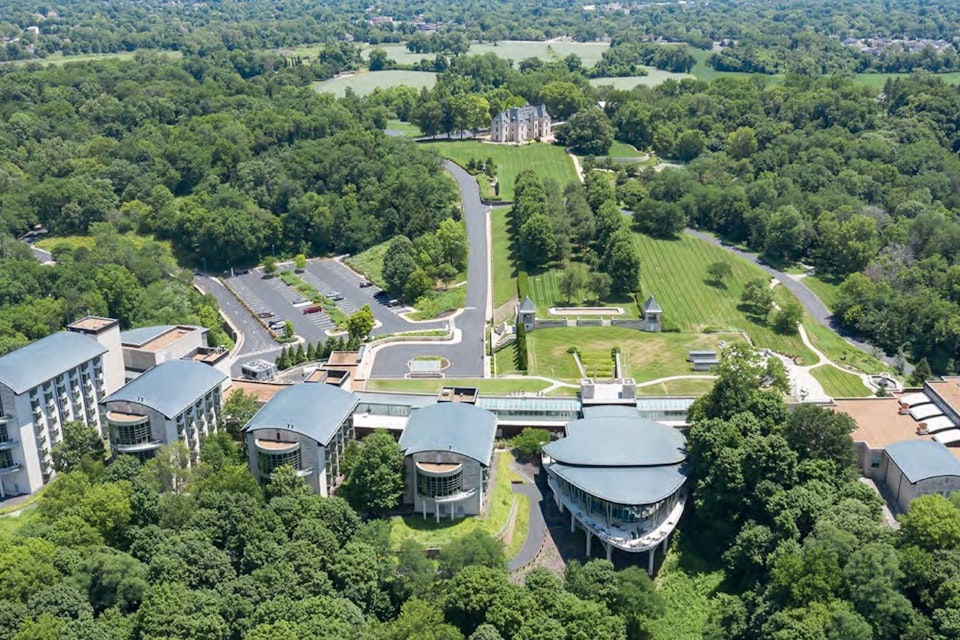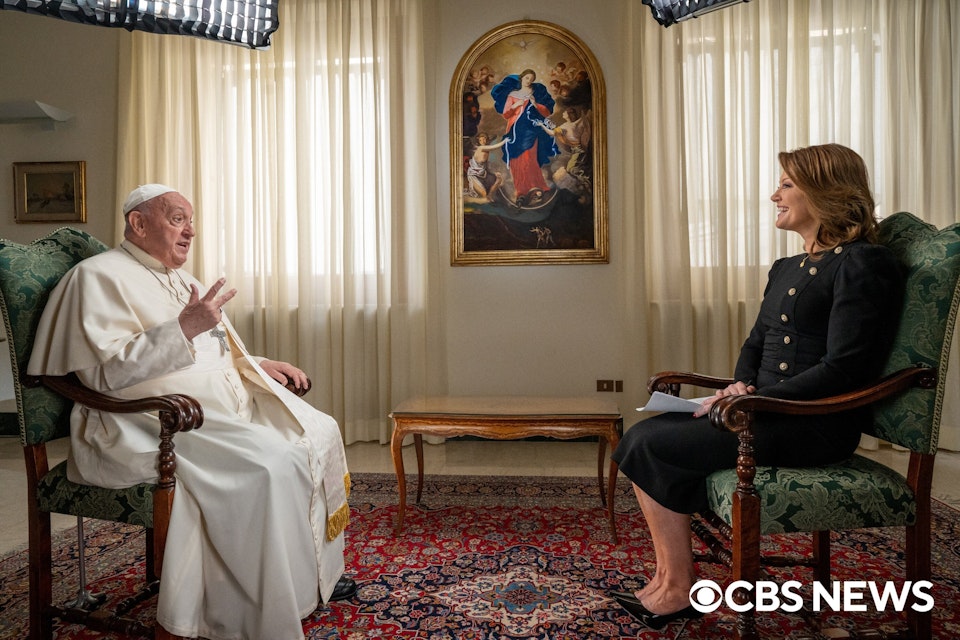After Detroit's great fire ravaged city 214 years ago today, priest rebuilt Ste. Anne from the spiritual side up
Hearing about the prayerful solidarity of bells sounding on April 16 from churches in the Île-de-France itself to the former French territory of Chicago and beyond, I immediately thought of the Parisian cathedral’s largest enduring bell. Emmanuel, or “God with us,” used to sway back after each hit. Such abiding resilience echoes through one escaped slave’s prayer, St. Patrick’s Breastplate (circa 433): “I arise today, through a mighty strength, … the splendor of fire, … the stability of the earth, the firmness of rock.”
Without the palpable rejoicing of the Emmanuel’s ring and the comfort of their 850-year-old home, Catholics in Paris adapted traditional Easter celebrations. Recognizing how miraculous it was that no one died in the Notre-Dame fire, they remembered greater mercies. Their cross-carrying, archiepiscopal procession on Good Friday, normally framed by the cathedral’s vaulted aisles, moved outdoors to awaken adjacent Seine River banks.
The Parisians’ open-air manifestation felt like a historically sensitive return. It reminded me of 15th-century “Way of Calvary” illuminations set among French landscapes, like one miniature painting in the Yale Missal. This profusely illustrated, handwritten book contains a French-language translation of core texts for church services throughout the year.

More than 200 years ago, the same key information was disseminated from Michigan. Readings for the most important Mass celebrations every year, in French and English translation, comprised one of the longest early editions produced by the printing press Fr. Gabriel Richard acquired. This French Sulpician priest served from 1798 to 1832 at Sainte-Anne de Détroit, which was founded in 1701 and still sometimes holds Francophone Masses.
Fr. Richard’s translated Gospel and epistle excerpts appeared the same year Michigan fell temporarily under British control again during the War of 1812. Detroit’s first printing press became a source of jobs, training opportunities, and educational materials appearing under adverse circumstances. The introduction to Gabriel Richard: Frontier Ambassador, Frank Woodford and Albert Hyma’s book about Fr. Richard’s life, even suggested that he aimed to create another Paris at Detroit.
Fr. Richard’s frontier printing enterprise flourished while he had no usable, permanent church building from 1805 to 1820 for Ste. Anne’s, which is the second oldest continuously operating parish in the United States. After a massive fire gutted Detroit on June 11, 1805, Fr. Richard chose an exceptionally outward focus. He refused to dwell solely on his congregation’s need for a new building. He led the parishioners to stay close to the heart of Christianity — worship, prayer, fellowship and service — when external trappings were lacking. Fr. Richard set up a laypersons’ confraternity to ensure 24/7 community prayer and adoration of Jesus’ nature and work through collective, nonstop contemplation of the Blessed Sacrament.

While he and his flock took turns interceding for redemption and perseverance, Fr. Richard developed educational and vocational initiatives in between fundraising to secure additional help, regional ministry trips, and attempts to recruit a group of nurse-nuns. Fr. Richard’s determination to create new prospects in a burnt wilderness signals an active embrace of Jesus’ anointing to bring “good news to the poor” (Luke 4:18, ISV). He earned the title of Detroit’s “second founder,” coining the city’s current motto: Speramus meliora; resurget cineribus or “We hope for better things; it will rise from the ashes.”
Fr. Richard’s long view, assisting the entire community before building an appropriately grand church, helped transform the future prospects of the whole region. Would the University of Michigan, which Fr. Richard co-founded, or even our City of the Straits itself exist now if this priest had easily gained precisely what he needed to rebuild Ste. Anne?
Fr. Richard’s focus on putting others first echoes the April 15 prayer by Archbishop Michel Aupetit of Paris, for local firefighters who were “still fighting.” This impulse beautifully illustrated the Apostle Paul’s exhortation from prison in Rome: “Let each of you look not only to his own interests, but also to the interests of others” (Philippians 2:4, ESV). Notre Dame’s time of silence and rebuilding may offer the chance to scrape away outdated assumptions and reflect. Is there anything Archbishop Aupetit and his team might do now that could draw more Parisians back to the cathedral? Few would assume that rebuilding with excellence is all it would take.


Archbishop Aupetit’s situation is confined to his own house of worship, which differs drastically from the complex regional challenges Fr. Richard faced. Detroit would never have expected an instantaneous, abundantly generous outpouring to underwrite rebuilding efforts in 1805. On the other hand, several months of yellow-vest protests have left French society much more battered than usual. The class divisions we see now in both these cities with French cultural heritage make Fr. Richard’s historic dedication to feed his “sheep” (John 21:17) — sometimes via his own Detroit River fishery — shine even brighter. Fr. Richard’s example proves that one person, at what might feel like the edge of the civilized world, can inspire hope that transforms for the better.
Fr. Richard started rebuilding, however, with the seemingly impractical idea of unceasing prayer. Energized by divine love, he probably thought nothing of praying through all 150 Psalms in a day. While few in our time would even consider this kind of traditional prayer marathon that dates back at least to St. Benedict’s era, the Parisian cathedral’s own location suggests another path toward outward-looking reflection. One of Europe’s most famous pilgrimage roads, the Way of St. James, still leads dedicated pilgrims past Notre Dame’s plaza on an extended route toward the apostolic shrine of Santiago de Compostela in western Spain.
Fr. Richard, always keeping local scale in mind, hosted processions through Detroit on the feast of the Holy Sacrament and invited everyone to participate. Those seeking restoration in both structural and spiritual senses might take some time on the anniversary of Detroit’s fire, the Holy Sacrament feast (June 21), or Bastille Day (July 14) to do a little prayer walk and reflect wherever they are.
It could be as simple as walking the neighborhood while using a free smartphone app to listen to the Gradual Psalms, or Psalms of Ascent (120-134 [119-133]). The first prayer in this series suggests one key goal of intercession: “I am for peace” (Ps. 120:7). These psalms cover a range of emotions, from “They that sow in tears shall reap in joy” (Ps. 126:5 [125:6-7]) to “praise Yahweh” (Ps. 134:1). The 15 texts cover big questions, such as, “Where will my help come from?” (Ps. 121:1) These biblical songs have guided prayer for roughly 3,000 years. Moreover, Jesus and the Virgin Mary themselves would have prayed through these pilgrim psalms.
Margaret Hadley (Ph.D., Yale University) writes and speaks about illuminated manuscripts, prayer, and French culture. She has taught art and architectural history, literature, writing, and philosophy at universities in Connecticut and Michigan. Recently, she published about the Yale Missal in Postcolonising the Medieval Image (London: Routledge, 2017) and presented a paper entitled, “Anti-trafficking Awareness and the Fouquet Circle,” during a Medieval Association of the Midwest session at the 2019 International Congress on Medieval Studies in Kalamazoo.









